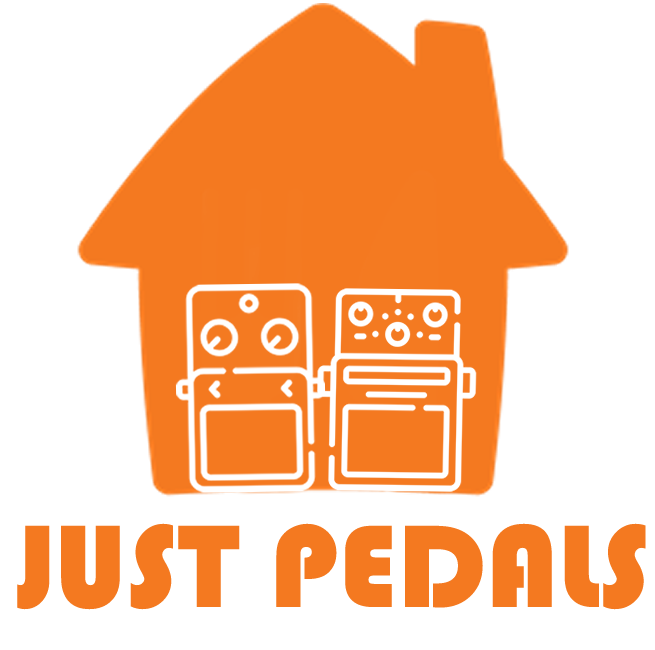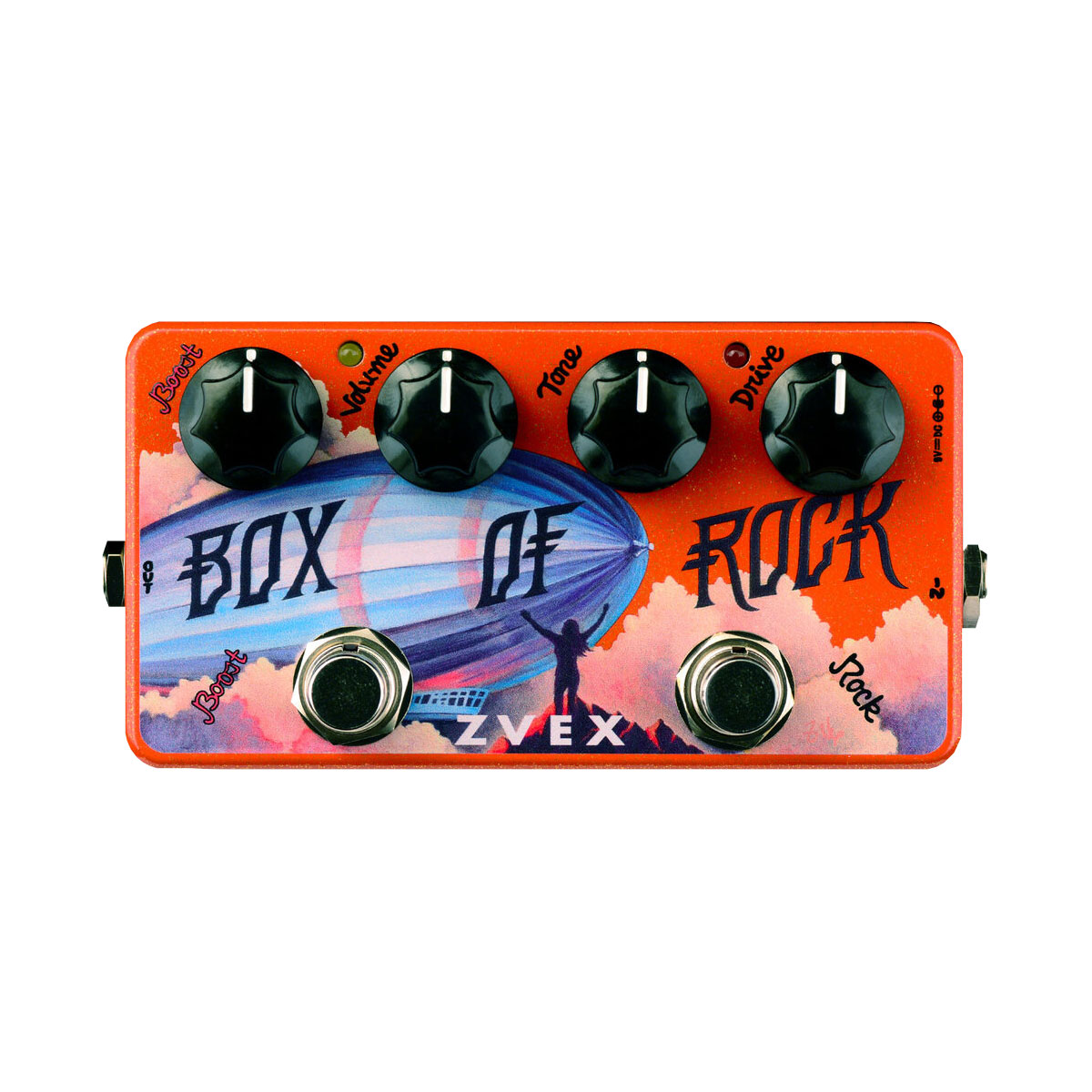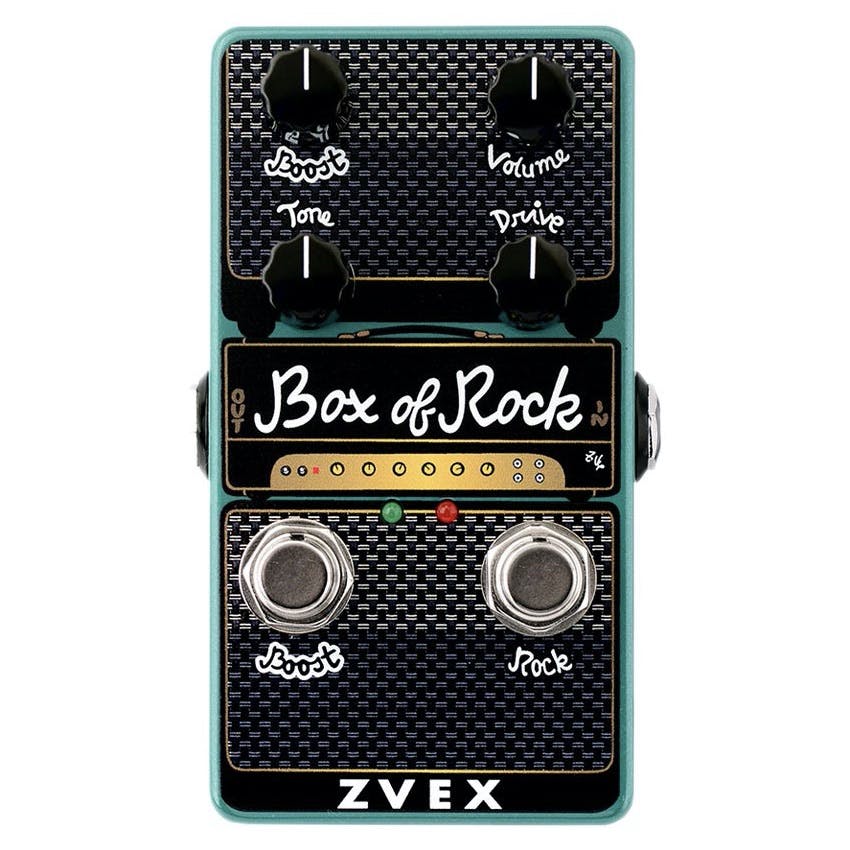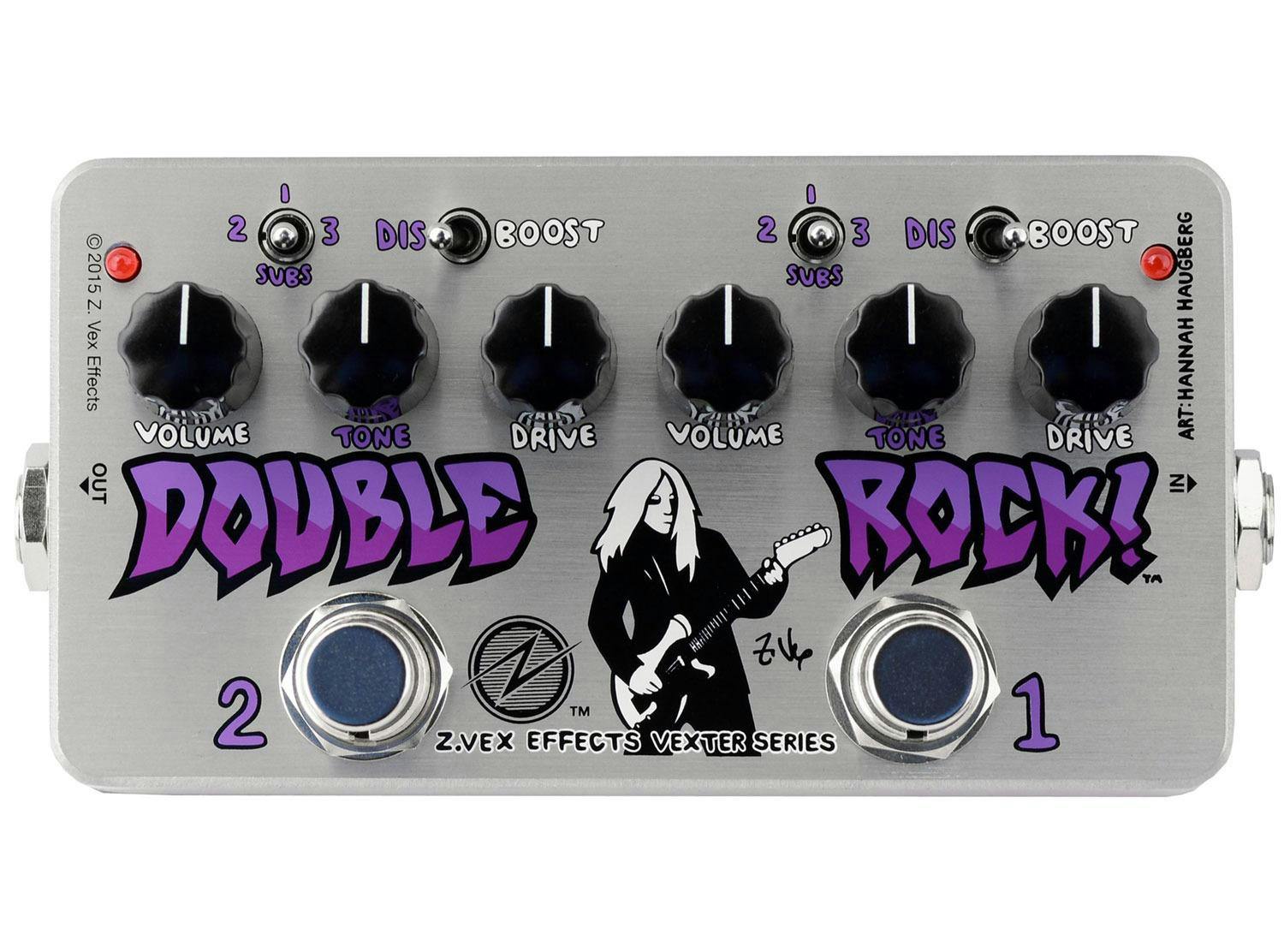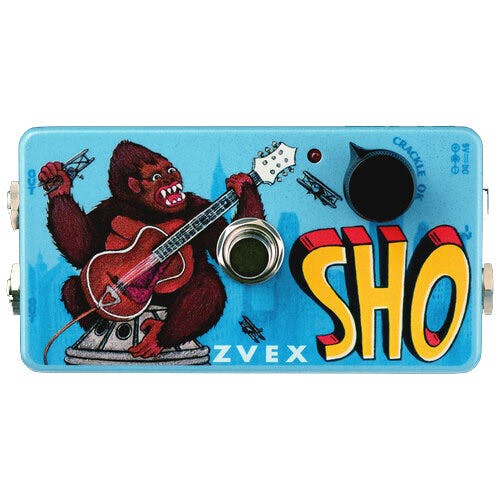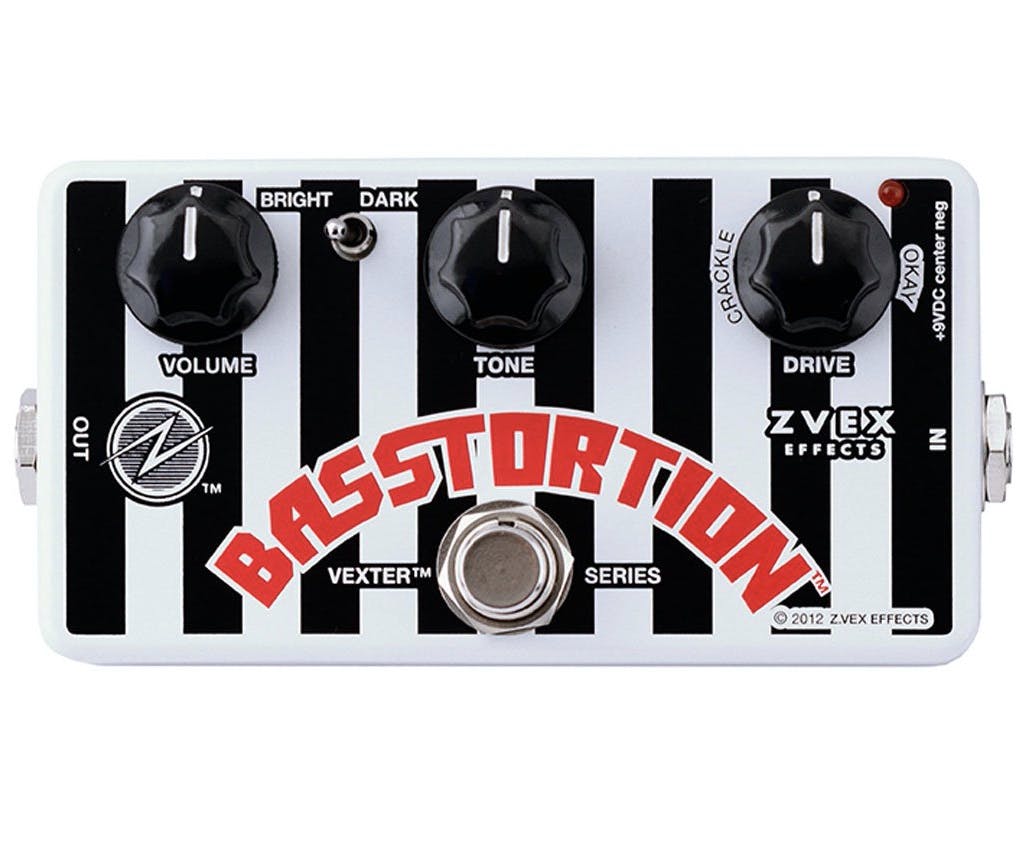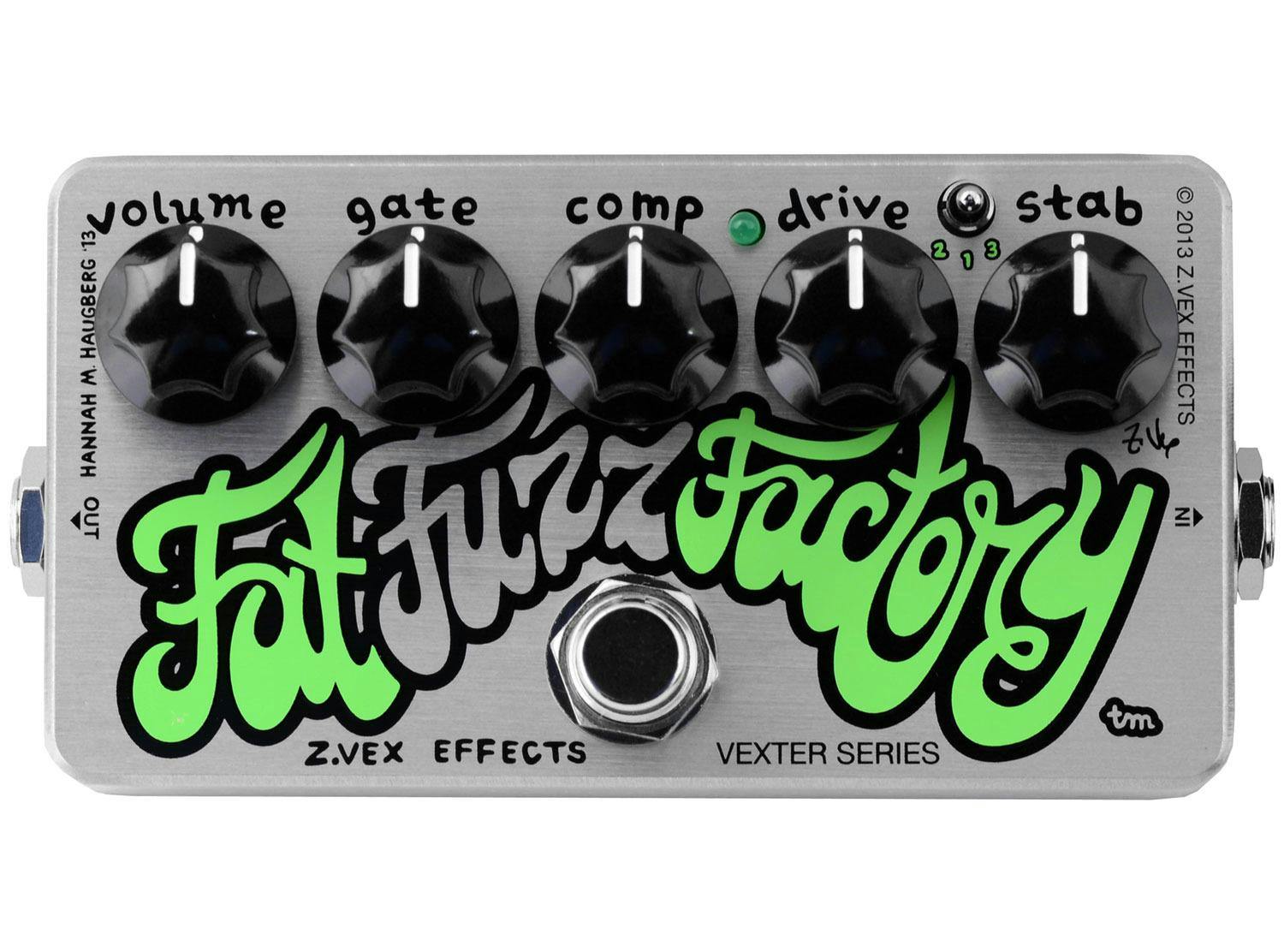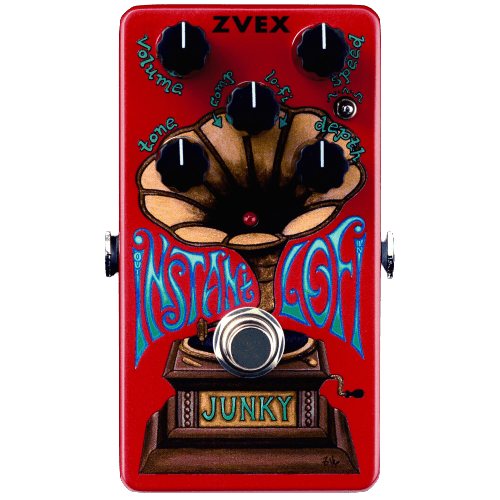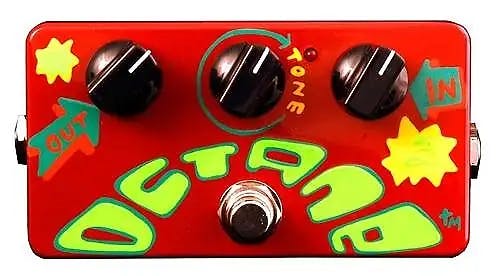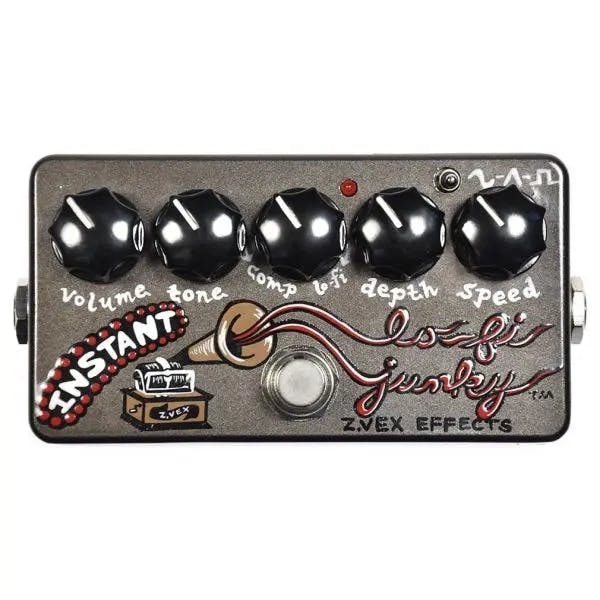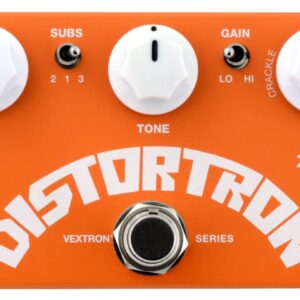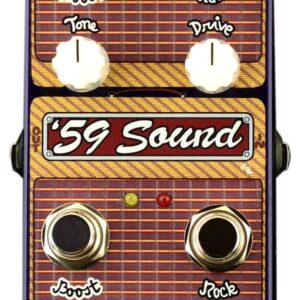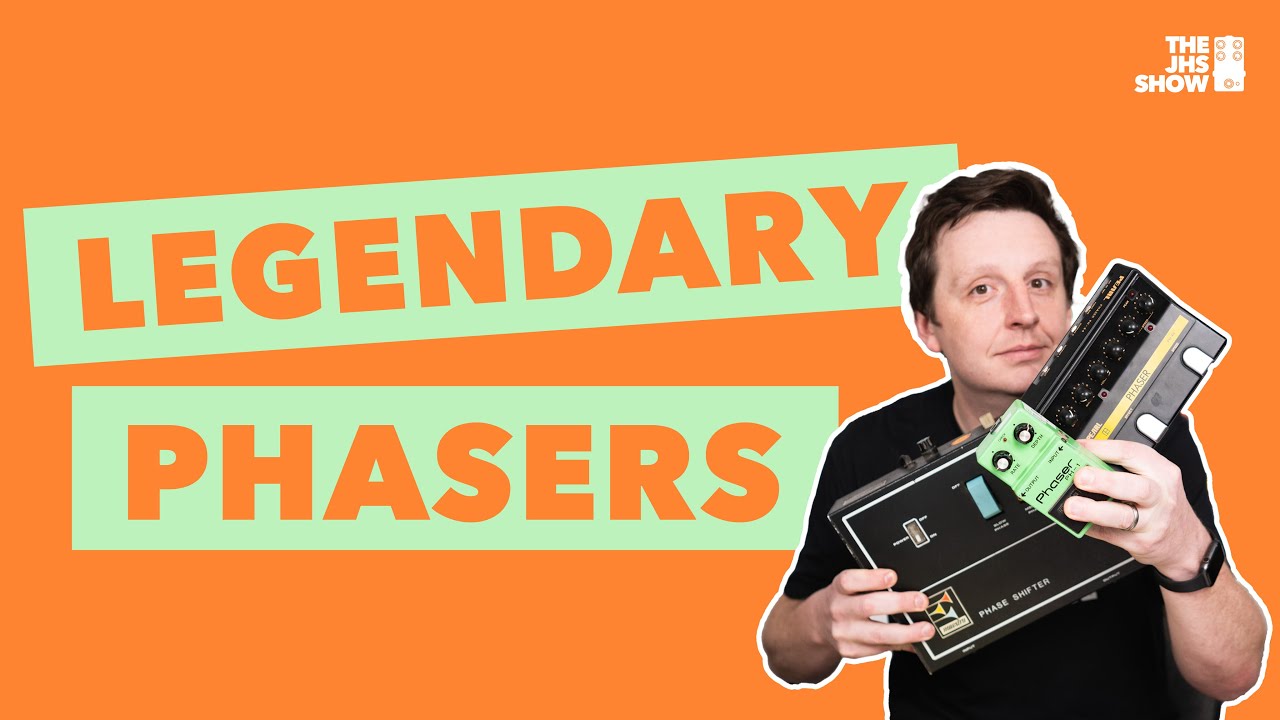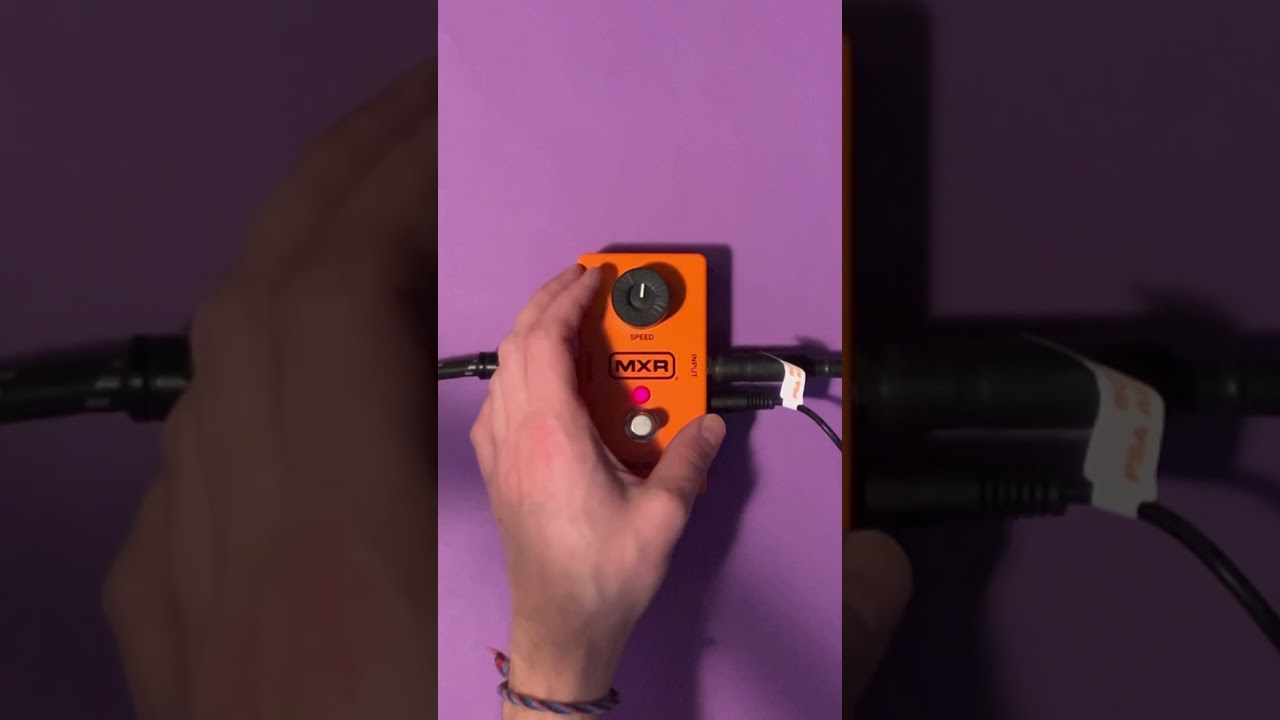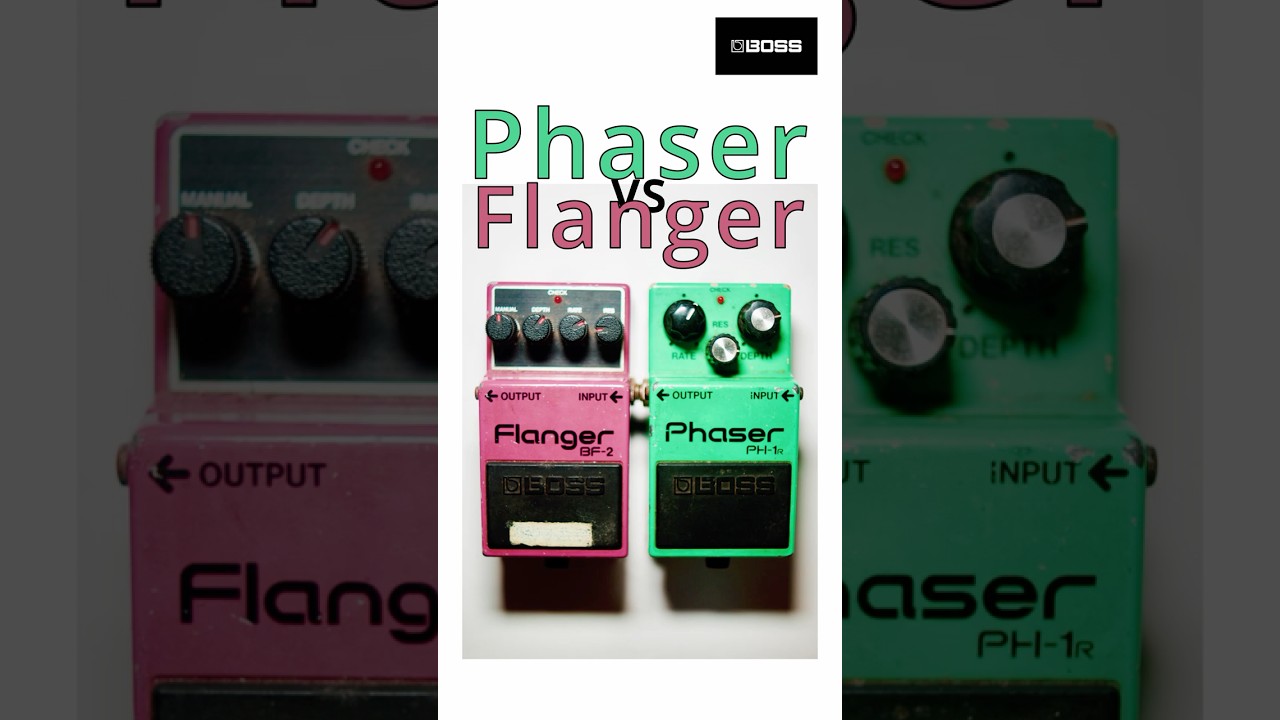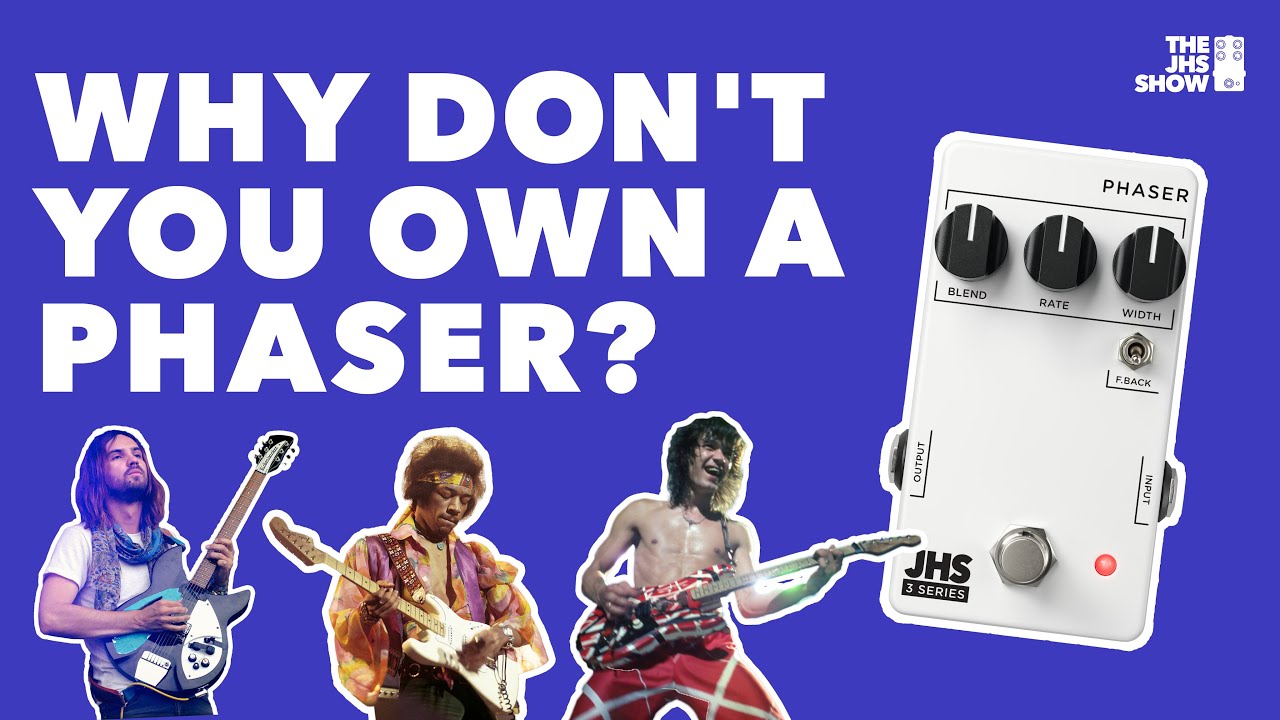Description
The ZVEX Effects Vexter Box of Rock Distortion & Boost Pedal is currently retailing at £199 and it is out of stock. Available to be delivered to you by post direct (some charge may apply).The team at Just Pedals think that ZVEX Effects nailed it with the ZVEX Effects Vexter Box of Rock Distortion & Boost Pedal. ZVEX Effects Vexter Box of Rock Distortion & Boost Pedal
We have new and used ZVEX Effects musical equipment available on our website for fast direct delivery from sellers across the UK & Europe.
ZVEX Effects – Artistry in Sound and Design
ZVEX Effects is a boutique brand known for its creative, hand-crafted pedals that push the boundaries of sound. Their iconic pedals, such as the Fuzz Factory and Machine, are known for their unique tonal textures, eccentric designs, and bold, expressive tones.
Each ZVEX pedal is meticulously crafted with a focus on innovation and artistic expression. From glitchy fuzz to complex modulation, ZVEX pedals allow musicians to experiment with wild, unconventional sounds, perfect for those looking to add character and individuality to their tone.
Let me know if that works! Would you like to explore another brand?
An effect is a modification applied to the instrument’s sound to alter its tonal characteristics, dynamics, or spatial properties. Effects can be achieved through electronic devices such as pedals, processors, or built-in effects units, and they offer a wide range of sonic possibilities.
Musicians use effects to enhance their sound, create unique textures, and expand the expressive capabilities of their instruments across various musical genres.
Just Pedals is a new Guitar Effect Pedals Marketplace – We feature new and used Guitar Effect pedals from different sellers, to purchase online from the UK.
A pedal is an electronic device that alters the sound of an electric guitar by applying various effects. Pedals are typically connected in a series between the guitar and amplifier, allowing guitarists to switch effects on and off with their feet while playing.
This enables musicians to quickly and easily change their sound, adding versatility and creativity to their performances.
Pedals are essential tools in many musical genres, including rock, blues, jazz, and metal, allowing artists to craft distinctive and dynamic soundscapes.
Once you buy one, you can’t stop and then you have to sell them and buy more.
Just the latest videos
Just related products
£229.70
The ZVex Vexter Series Lo-Fi Junky Modulation and Chorus/Vibrato guitar effects pedal emulates the ZVex Lo-Fi Loop Junky in real time though a combination of THAT chip compression, Belling bucket-brigades and ultra low-current National Semiconductor …
read more
£14.95
Genuine Hammond Cabinet Powder Coated Finish From The Durable Die Cast Aluminum Option Protection Class Ip54, Very Durable. Ideal For Guitar Stompbox And Effect Pedals Large Selection Of Colors And Sizes Easy To Work With And Excellent Quality
£46.86
Die-cast metal housing Heavy duty on/off footswitch Controls for distortion, tone, and volume 9V DC power supply required (not included) Metal mode switch Hi Boost, Boost Cut, Lo Boost
£367.48
Dual Channel Distortion/Boost PedalBoth channels switchable between Distortion and BoostEQ on both channelsThree-position mini-Toggle switch for Sub Contour on both channels
£260.95
Made with 2 new old stock '60s germanium transistors Drive, and Stability controls Hand-silkscreened, hand-polished aluminum chassis
